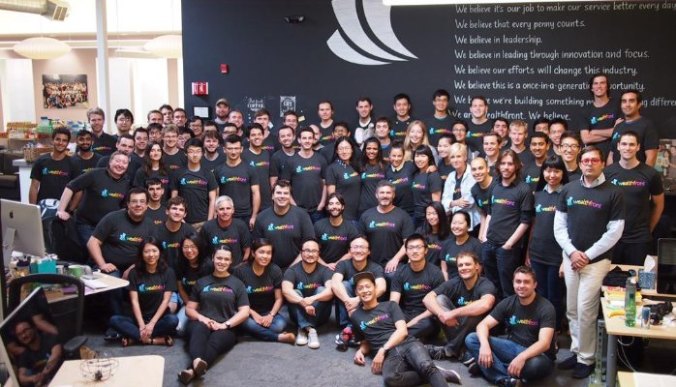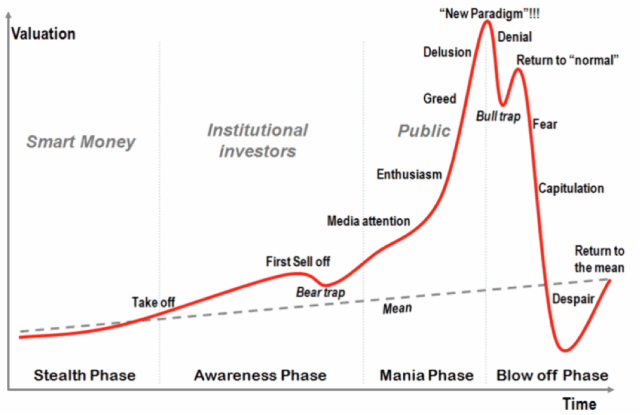“Every day stuff happens to us. Jobs arise in our lives that we need to get done. Some are little jobs, some are big ones. Some jobs surface unpredictably. Other times we know they’re coming. When we realize we have a job to do, we reach out and pull something into our lives to get the job done.” — Clay Christensen
In the summer of 1993, after declaring computer science as my major, I got my first high paying software development internship. Over that summer Hewlett-Packard paid me over $5,000, which seemed like an unbelievable amount at the time.
Unfortunately, like a lot of people, I was so excited by receiving this windfall that I promptly spent it. By Thanksgiving, I was shocked to find that my bank account was nearly empty. All that money, gone. It literally sickened me.
That was the moment when I decided to learn as much as I could about personal finance and I got religious about saving.
The Theory of Jobs to Be Done
For a lot of people, there is a moment they can recall when they consciously decided that they wanted to start saving.
When I attended Harvard Business School at the end of the dot-com era, I was incredibly fortunate to spend time with Clay Christensen, who at the time had just recently published the now famous book, The Innovator’s Dilemma. In his class, we studied his new theory of disruption, and how industrial giants filled with smart people would make seemingly smart decisions that would lead to their downfall.
One aspect of his theory, which later went into his book, Competing Against Luck, is the Theory of Jobs to Be Done. Quite simply, Clay believes that companies can go astray by focusing too much on the data about their customers and the features of their product. Instead, he argues they should focus on the end-to-end experience of the job that their product is being hired to do.
In the past few years, I’ve come to believe that saving is a job that a huge number of people want a product to help them do and help them do it well.
Saving Itself is a Goal
Our lives are filled with a large number of small financial decisions and problems, but there are only a few very large financial moments that warrant the creation of an entire companies to support. Spending, borrowing, investing and financial advice all certainly fit that description. I believe that saving belongs on that list as well.
Americans are in a terrible state when it comes to saving. 6 in 10 Americans don’t have $500 in savings. An estimated 66% of households have zero dollars saved. If you are cynical about small, one-off surveys, The Federal Reserve itself estimated in 2015 that 47% of households didn’t have the means to cover a $400 emergency expense.
Saving is a huge problem, so it isn’t really surprising that tens of millions of Americans seem to be looking for something to help them save. Enter Acorns.
Hiring Acorns
Over the past two years, it has been astounding to watch Acorns grow. An elegantly simple product, designed from the ground up for a mobile generation, Acorns has grown to over 2 million accounts in less than three years. In the first half of 2017 alone, Acorns added over 600,000 new customers. Their overall mission is to look after the financial best interest of the up-and-coming, something I personally care deeply about.
It isn’t really surprising to see why so many Americans have decided to use Acorns to help them save. 75% of Americans have a household income under $100K. Acorns simple features like Round Ups automate the process of making sure that as you spend, you save. Acorns has now performed over 637 million round-up transactions for their customers – each one an action designed to help people save more. I believe that on any given day, thousands of people decide to hire a product to help them save, and increasingly they are hiring Acorns.
When I met the founders of Acorns two years ago, we immediately connected over the common ground between their culture and Wealthfront’s (the company I was running at the time.) They are very different services, focused on different problems and audiences, but with a shared belief in the power of automation. This is a company worth supporting, and I feel fortunate to serve on their Board of Directors.
At a time when people continue to grow more and more frustrated with the solutions offered by incumbent banks and brokerages, I continue to be excited about the opportunities for new products that are built around automation and world-class software design. As an industry, we can and should radically improve the financial solutions that are available to everyone. Acorns is proving that saving is a job worth doing.







